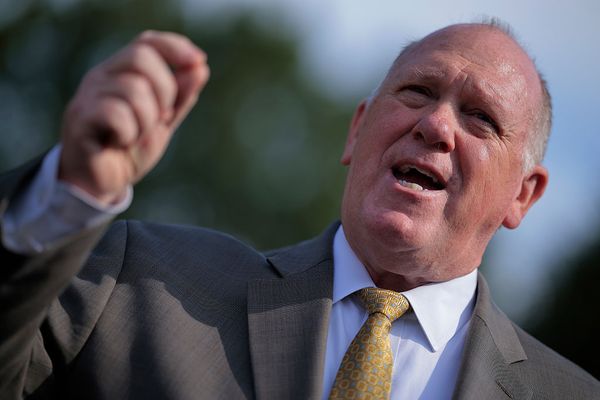
A small crowd gathered late last week inside 0x.17, an art gallery within a waterfront venue at the southern tip of Manhattan. Across the wall hung eight portrait-sized monitors that showcased a collection of eight non-fungible tokens, or NFTs, just unveiled by the online marketplace SuperRare.
Conversation buzzed, drinks from a nearby bar flowed, and no one seemed particularly bothered by the cloud that's hung over the NFT market for more than a year: The overall market has tanked some 90% since peaking in January 2022, according to CryptoSlam.
Yet, despite the slump in NFT prices and the prevailing chill of Crypto Winter (a chill that may finally be thawing), physical NFT galleries and exhibition spaces like 0x.17 continue to operate and showcase work, including the Seattle NFT Museum, The NFT Gallery in London, and EXPANDED.ART in Berlin.
“Digital art should be viewed the same way as traditional art is,” Lynn Rosenberger, the cofounder and chief curator of The NFT Gallery, which also has a location in New York City, told Fortune.
Located within Pier 17, an event space operated by real estate firm The Howard Hughes Corp., 0x.17 got its start in June 2022 just as ApeFest, an annual festival for Bored Ape NFT holders, went off on the event space’s rooftop, according to Julie Allen, a Howard Hughes vice president who spearheaded the gallery's opening.

Since then, 0x.17 has partnered with SuperRare, an online, curated marketplace for NFTs, to showcase a series of collections. Its most recent, “A Digital Transcendence,” includes work from well-known digital artists, including the A.I. artist Botto.
“Education around this space is still really small,” Paloma Rodriguez, a curator at SuperRare Labs, the company that operates the eponymous marketplace, told Fortune. “There’s definitely a need and desire for the general public and people outside of this small space to be aware of it.”
For Rosenberger of The NFT Gallery, these past few months have, in fact, seen an uptick in collector interest. “Our finances, in that sense, looked actually pretty dark at the beginning, because, of course, Crypto Winter wasn't helping,” she told Fortune. “However, now we're increasing 25% each month.”
She added: “I definitely think digital art is here to stay.”







